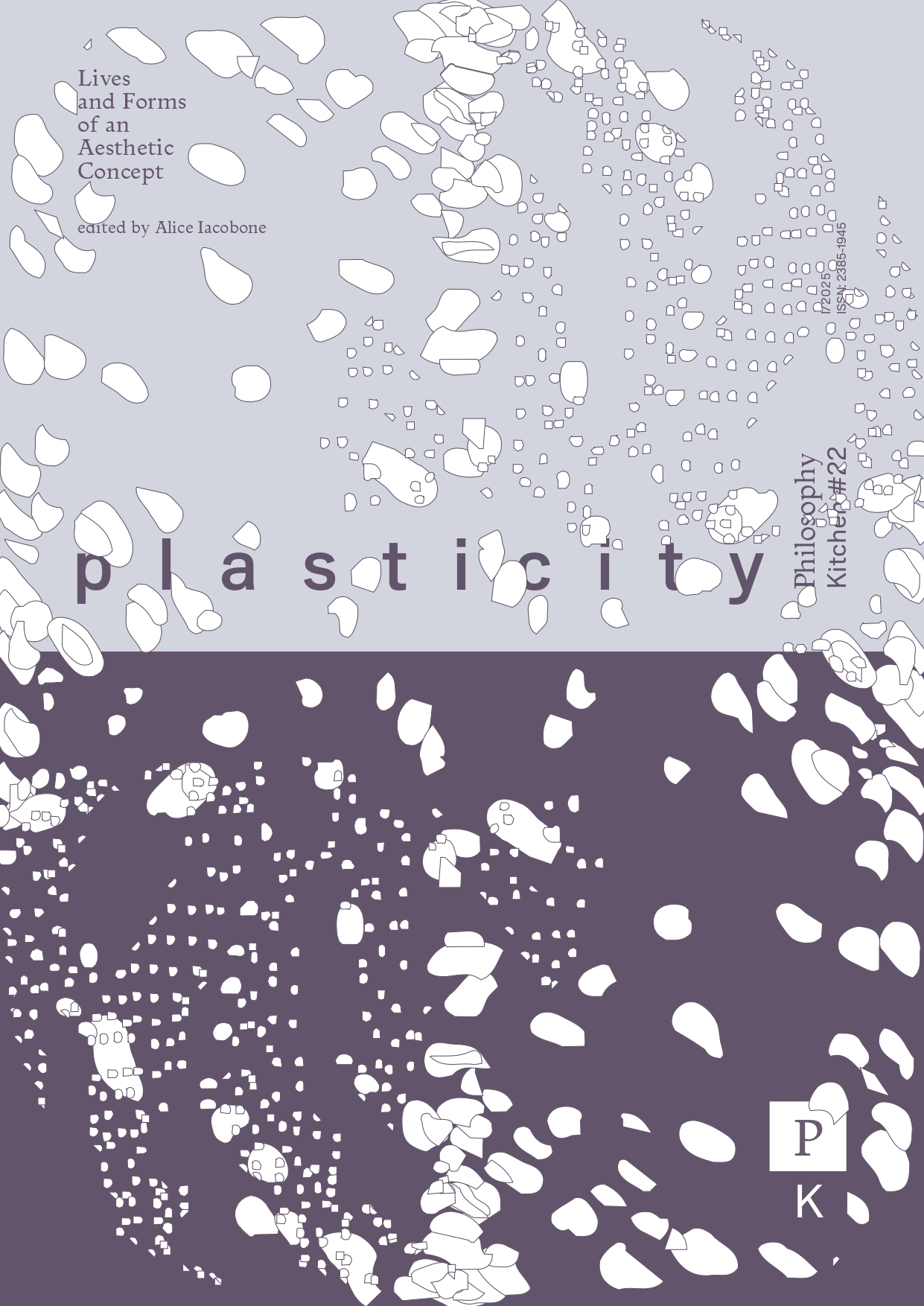“Cineplastia”. Dalla plastica al post-cinema (e ritorno)
DOI:
https://doi.org/10.13135/2385-1945/12026Abstract
Plasticity generally refers to the property of natural or synthetic materials that can be molded into any shape. However, the term is also used to describe images that are either three-dimensional or involve the representation of solid objects with haptic values and a three-dimensional effect. Cinema has been characterized as a plastic art form in both senses. In the first sense, cinematic plasticity refers to the ability of animated films to manipulate the shape of their characters at will. In this article, I focus instead on the second sense of the term and reconstruct the utopian quest for a “plastic cinema”, that is, a post-cinematic device capable of overcoming the traditional limitations of the film surface and thus achieving a complete detachment or “emersion” of the image from the twodimensional surface of the screen.






